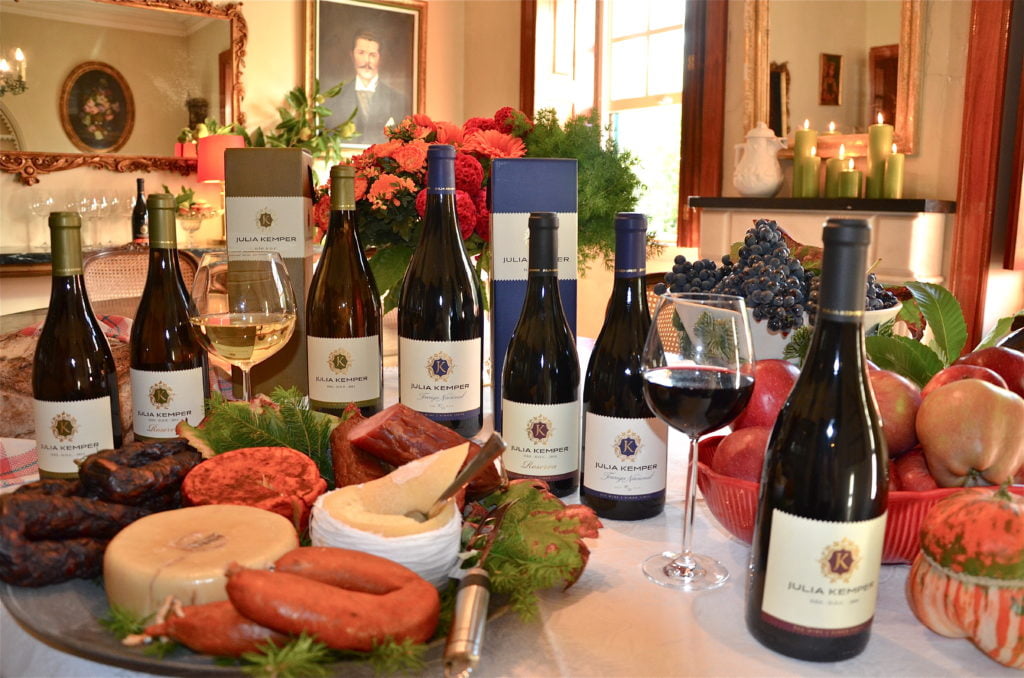It is important to know the classifications of wines, even if you are not, nor are you aspiring to be, an expert in the field, still less an oenologist. These classifications take on meaning when choosing a wine in a bar or when you want to pair wine with food, in order to know how to choose the perfect one to accompany any dish. One of the classifications to commit to memory is that which differentiates a dry red wine from a sweet red wine. This is a sweet question, since what precisely distinguishes both is the sugar content allowed by each of them; but is it only that?
Dry red wine
Dry wine is generally understood to mean all wine that contains a small amount of sugar. It is a wine to which no sugar is added to correct or soften its flavour, and whose amount of residual sugar at the end of the process – the amount of sugar that fermentation has not transformed into alcohol – does not exceed four grams per litre. This definition is echoed in Portuguese legislation, which limits the sugar content of dry wines to the aforementioned four grams/litre. This, however, seems to be a sensitive issue or, at least, given to interpretation; some winemakers see lower levels of glucose as necessary in order for it to qualify a truly dry wine while others say it is how the wine tastes on the palate. In other words, a dry wine is any wine that, on tasting, does not seem to contain sugar. In the latter case, a dry wine may contain more sugar than stipulated on the label, since factors such as high acidity, for example, reduce the sensation of sweetness.
Sweet red wine
These sweet wines are fruitier wines with some sweetness, which are allowed more than 18 grams of sugar per litre. This higher sugar content can be obtained immediately in the fermentation process, which is interrupted as soon as the desired level of sweetness is reached, or manipulated in other ways, including through addition. Because they are sweeter, they become wines that are more desirable to novice palates, less accustomed to wine consumption, so they can be seen as a good gateway to the complex world of wines and wine-tasting.
A sweet question
Between what governs the regulation imposed by legislators and the appreciation of experts, there are the whims of the grape in a given year, the sensitivity and knowledge of the producers and the alchemy of the winemakers. Of course, everyone has a wise word to say, but in the end, there is also the evaluation of consumers, who are strong judges in this equation and whose preference on the palate may lean more towards dry red wines or sweet red wines. It is best to schedule a test to learn how to distinguish between the two and find your preference. This is an all the more sensible and playful discovery if accompanied by clarifications from experts and pairings. Because by combining wine with different dishes, you will understand how to better match flavours, recipes and wines; an experience that puts the emphasis on the small pleasures of life, even more so if in good company.




